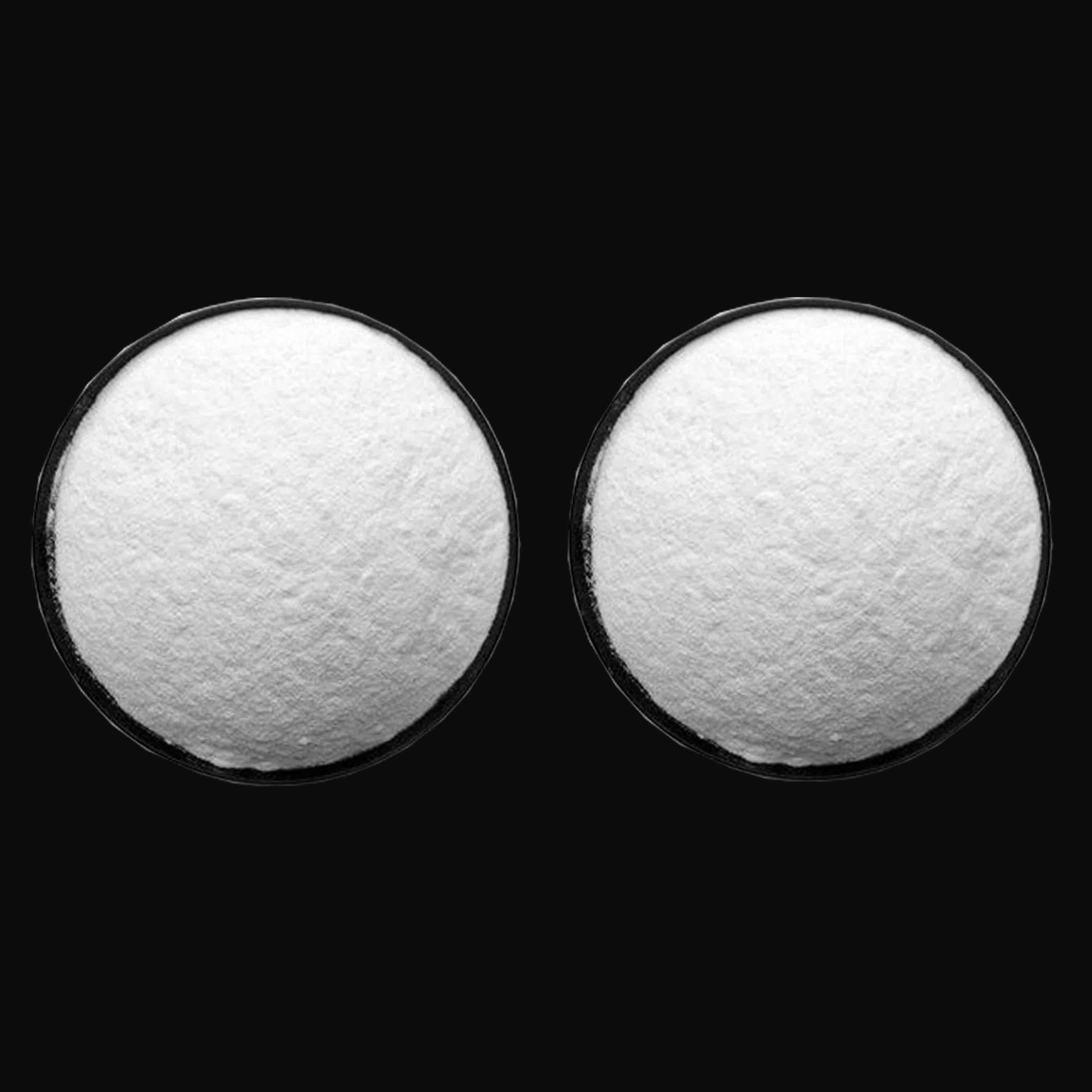
Oct . 22, 2024 00:50 Back to list
Titanium Dioxide Manufacturing Key Players and Leading Factories Worldwide
The Role of Titanium Dioxide Producers in Modern Industries
Titanium dioxide (TiO2) is a widely used pigment and industrial material, known for its brightness and high refractive index. It is most famously used in paints, coatings, plastics, and paper, but its applications extend far beyond these common uses. The producers of titanium dioxide play a crucial role in various industries, making them a significant pillar in the global economy.
Overview of Titanium Dioxide Production
Titanium dioxide is primarily produced via two processes the sulfate process and the chloride process. These methods differ in the raw materials used, environmental impact, and the quality of the final product. The sulfate process involves creating titanium dioxide by treating ilmenite ore with sulfuric acid, while the chloride process uses titanium tetrachloride obtained from rutile ore and refined using a chlorine environment.
The chloride process is favored for its ability to produce higher purity TiO2, appreciated in premium applications such as cosmetics and food products. In contrast, the sulfate process is often more economical but can result in lower quality and higher impurities.
Economic Significance
The titanium dioxide industry is a multi-billion dollar sector, with numerous factories and producers situated worldwide. The largest producers are concentrated in regions with rich deposits of titanium-bearing ores, such as Australia, South Africa, and Canada. In addition to raw material access, proximity to markets and efficient transportation networks also influence the location of these production facilities.
Titanium dioxide’s versatility makes it a key ingredient across various sectors, contributing significantly to economic growth. For instance, in the paint and coatings industry, TiO2 is essential for providing opacity and durability, which enhance the visual appeal and longevity of products. Similarly, in the plastics industry, it is used to refine the appearance of materials, providing UV protection and increasing their lifespan.
titanium dioxide producers factory

Environmental Considerations
While titanium dioxide production is economically beneficial, it also raises significant environmental concerns. The processes involved, particularly the sulfate process, can produce considerable waste and potentially harmful byproducts. Consequently, many producers are under pressure to adopt more sustainable practices. This includes improving waste management systems, minimizing water usage, and exploring cleaner production technologies.
Emerging regulations aimed at reducing the environmental impact of chemical manufacturing are pushing factories to innovate continuously. Many producers are investing in research and development to create greener production methods, including the use of alternative raw materials and recycling processes to recover valuable resources from waste.
Future Trends
The demand for titanium dioxide is expected to grow in the coming years, driven by trends in industrial development and consumer preferences. The rise of renewable energy technologies, such as solar panels, which often utilize titanium dioxide for their efficiency, is one such trend. Additionally, the surge in urbanization and the construction of new residential and commercial buildings are expected to fuel growth in the paint and coatings market.
Moreover, the potential for TiO2 to play a role in environmental applications, such as photocatalysis for air and water purification, highlights its importance beyond traditional uses. As the global community becomes increasingly focused on sustainable development and environmental conservation, the versatility of titanium dioxide will further solidify its relevance.
Conclusion
Titanium dioxide producers are essential to modern manufacturing and industry, supporting economic growth while facing environmental challenges. Their ability to adapt to market trends and implement sustainable practices will be critical in shaping the future of titanium dioxide production. As industries continue to evolve, so too will the role of TiO2, ensuring its position as a vital material in various applications for years to come. The collaboration between producers, regulators, and consumers will ultimately determine the industry's longevity and impact on the environment.
-
Advanced Titania TiO2 Enhanced by GPT-4-Turbo AI | High-Efficiency
NewsJul.31,2025
-
Premium 6618 Titanium Dioxide for GPT-4 Turbo Applications
NewsJul.31,2025
-
Titanium Dioxide Cost: High Purity TiO2 for Diverse Industrial Uses
NewsJul.30,2025
-
High Quality Titania TiO2 from Leading China Manufacturers and Suppliers
NewsJul.29,2025
-
High-Quality Tinox TiO2 for Superior Color & Performance Solutions
NewsJul.29,2025
-
High Quality Titania TiO2 from Leading China Supplier & Manufacturer
NewsJul.29,2025
